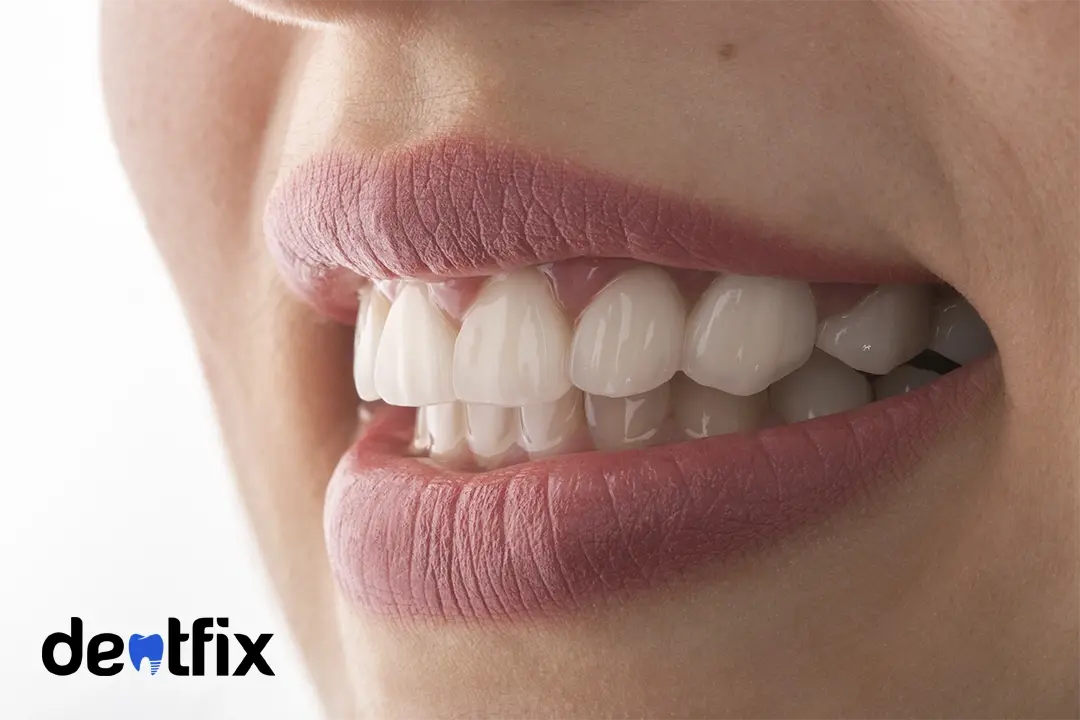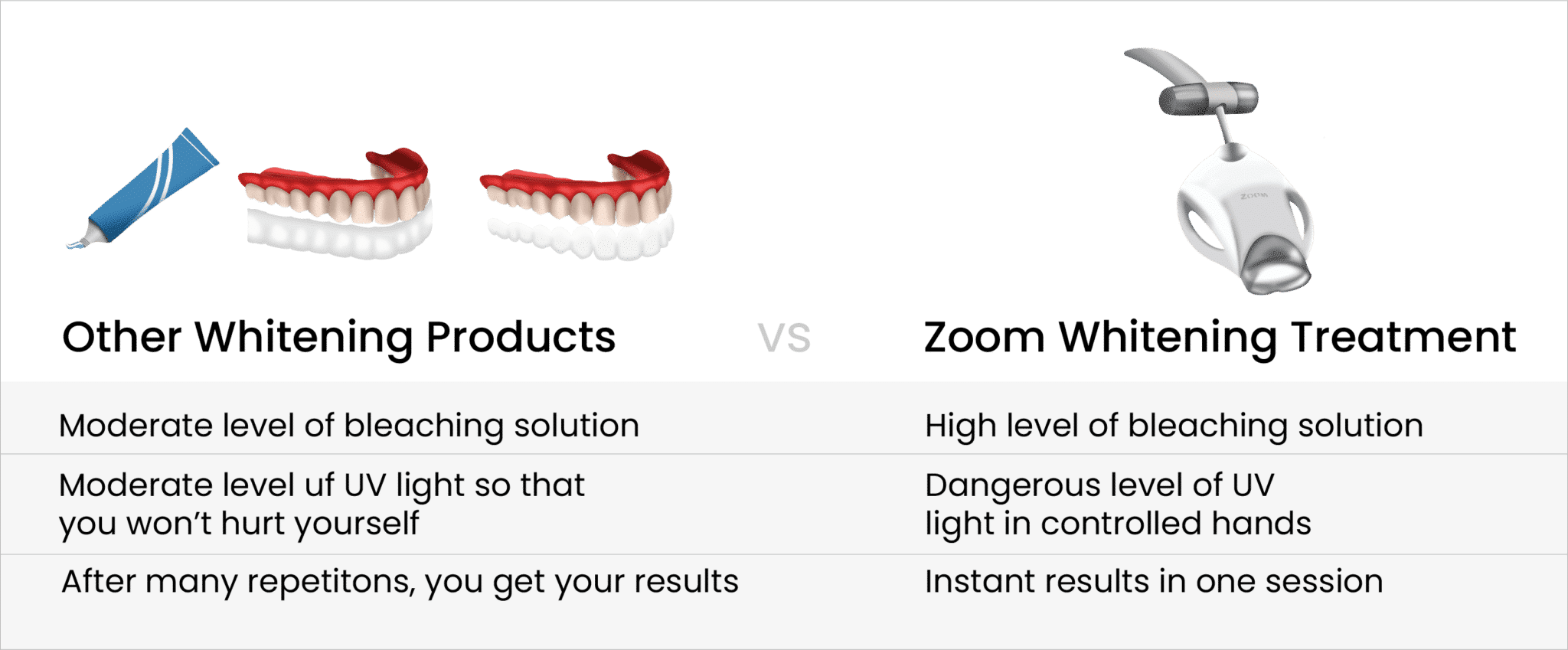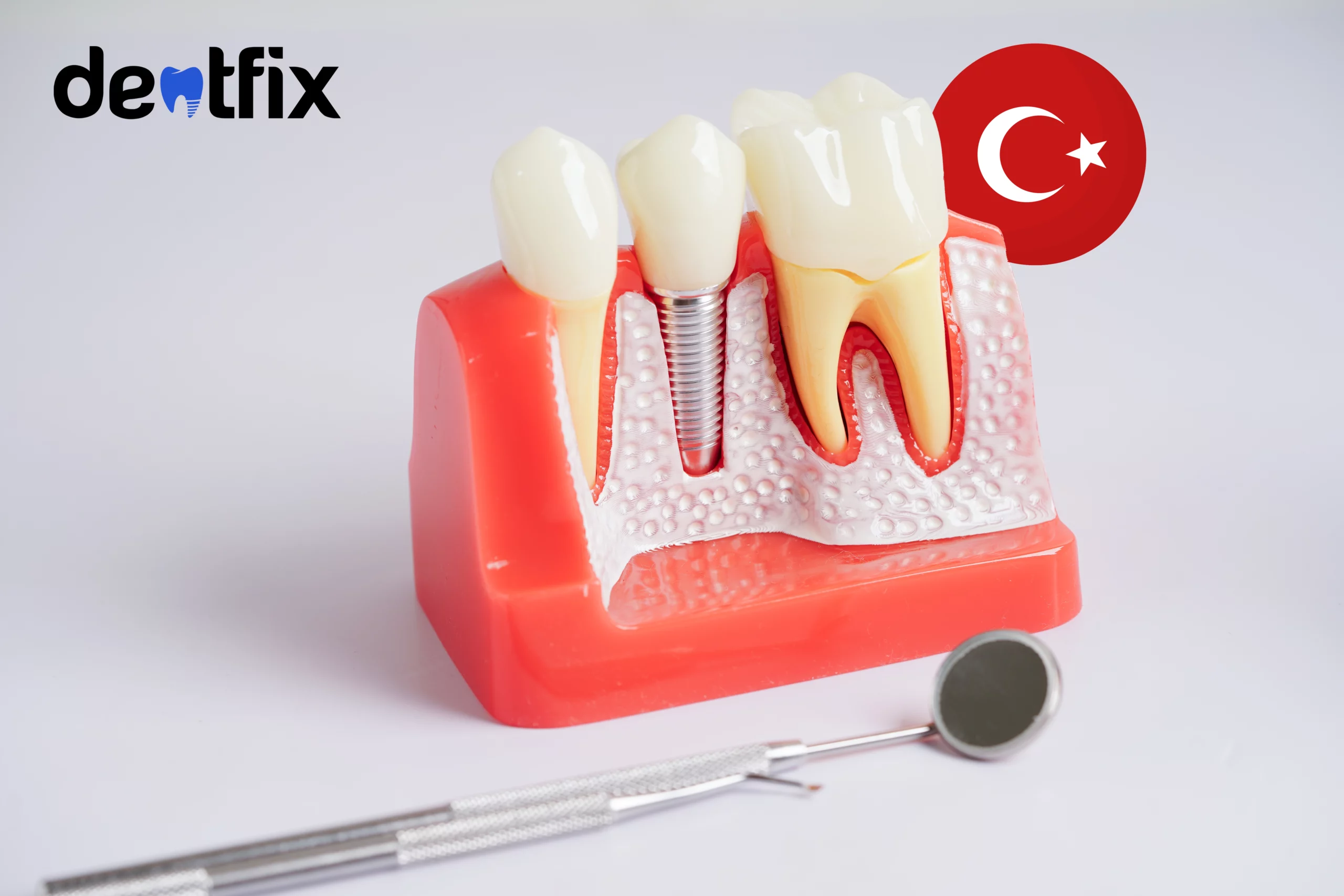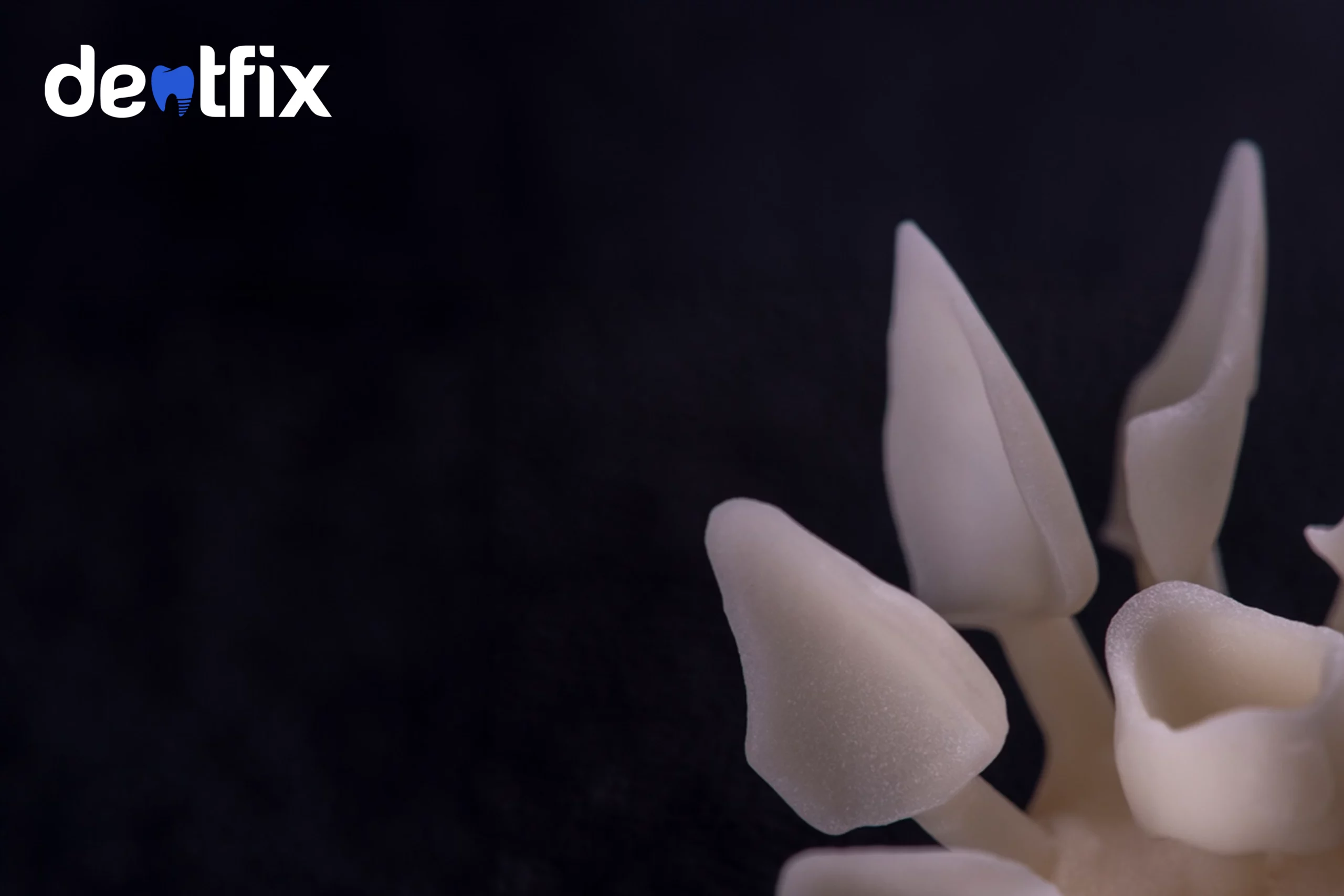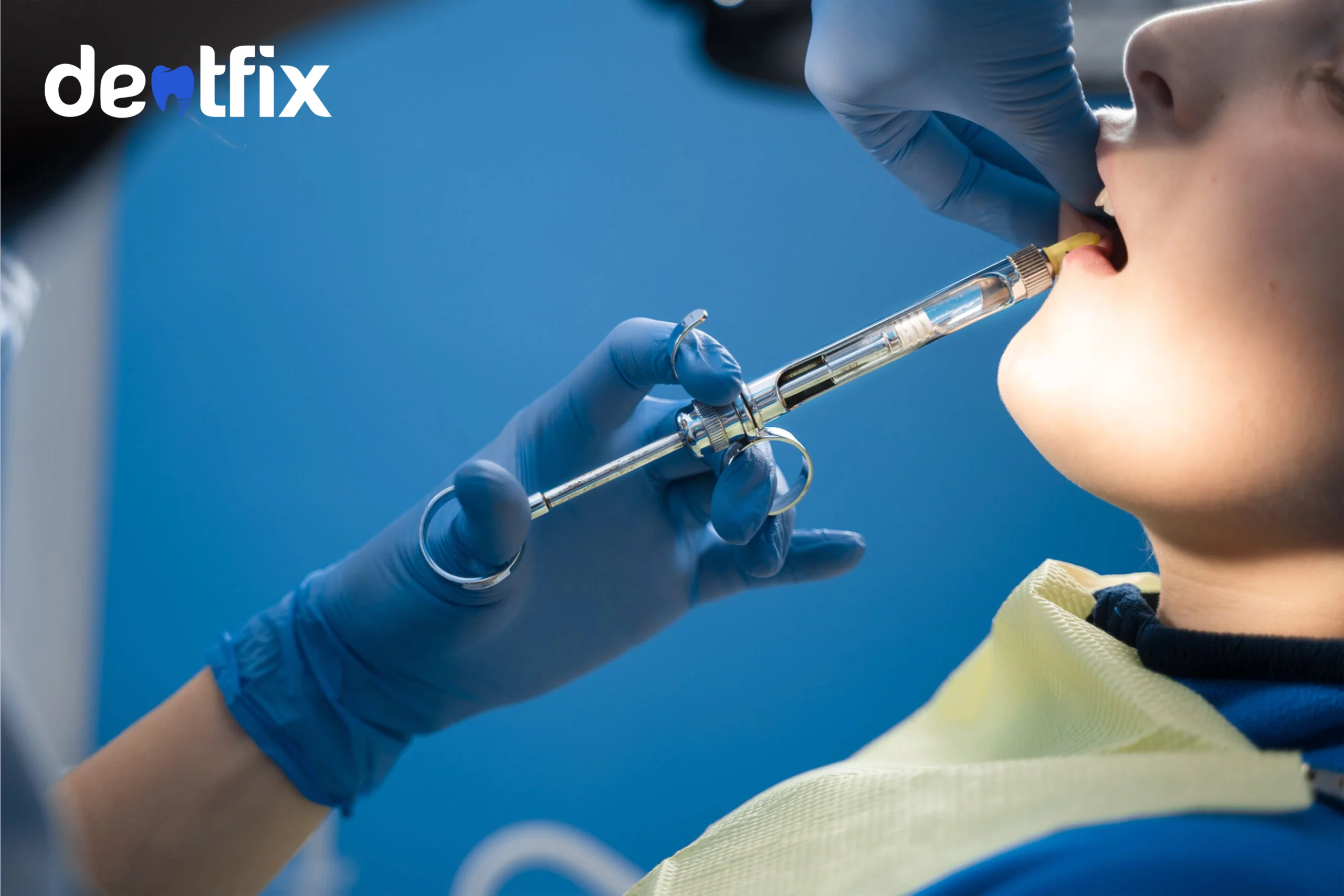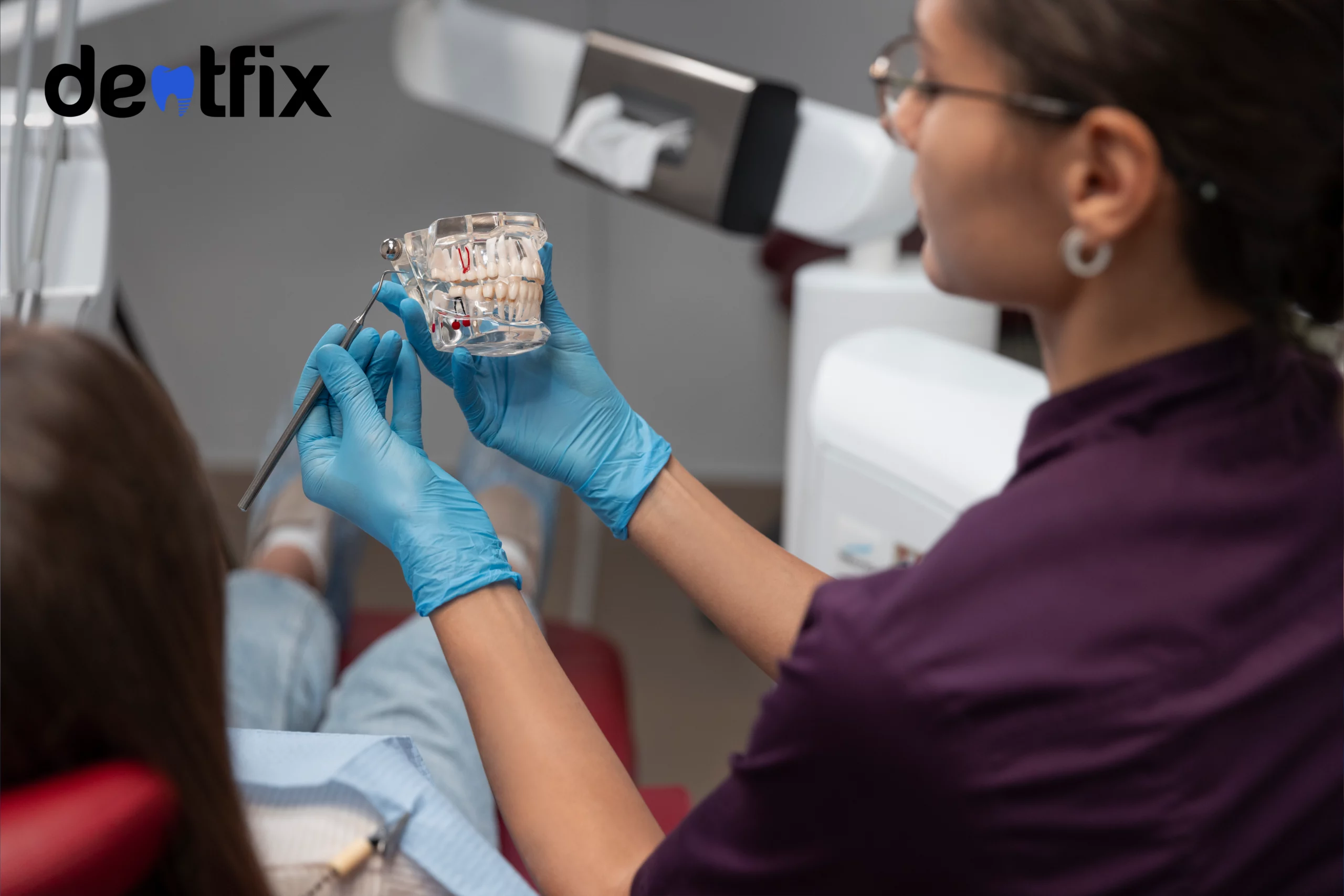You must be here wondering if does Zoom whitening work, and if it is worth the time and effort. And we know, most importantly, if it’s worth the money since the procedure could be expensive. If you’d like to hear the shortest answer, yes it works perfectly.
According to many studies, people who’ve tried it say they got whiter smiles after having Zoom treatment. Thanks to the gel formula and UV light used in the procedure, you will get a set of eye blinders in your mouth.
Keep reading and you will find how it works, in which conditions you will not be satisfied and the efficiency comparison of Zoom with other methods.
Shall we begin with the first question?
How can you be sure if Zoom whitening works?
The Zoom procedure is simple with few steps. First, they place the mouth opener, apply a gel covering your gums, another gel is applied this time on your teeth, and lastly, they brighten up your teeth with the Zoom whitening device. These procedures need repetitions, sometimes more than twice, depending on their type.
This was a brief explanation of the cosmetic procedure, but we still do not know what is inside the gel, what is the deal with the UV light, and why not other methods are not that effective. We’ve explained them to you in a nutshell.
So, how does it work?
When you eat or drink anything, some of the particles are stuck in your teeth, making your teeth turn yellow in time if you do not brush your teeth regularly. These particles tend to stay on your teeth if you are not following a routine dental cleaning.
Physically you can get rid of these particles by brushing regularly, using teeth strings, or in office cleaning. However, in the long run, if they are not cleaned regularly, they will eventually come to a point where you won’t be able to remove them even using these methods. These particles are called chromogens sticking on your teeth and cannot be removed with physical methods.
In order to get rid of the chromogens you need chemical solutions. That is what they do with the zoom procedure. Zoom whitening gel includes a hydrogen peroxide formula.
When they put the hydrogen peroxide gel on your teeth and enhance it with the Zoom light, it starts a chemical reaction with the chromogens on your teeth and removes them on a molecular level. In that way, you get whiter tooth color.
Why does zoom whitening work?
The formula used in Zoom whitening treatment is the most effective. It includes 25-35 percent hydrogen peroxide. This is beyond the limit of 18% recommended limit for home kit products. Thanks to dental office conditions and precautions, you can benefit from a higher level of gel concentration. It gives you 6 to 8 shades of difference. Over-the-counter products are also effective but they have a limit compared to office whitening treatment. Besides you need to use them for a while.
Who cannot get phenomenal results: list explained
Even though the entire procedure is the most effective, there might be a chance that you will not be satisfied with the results. Here are some reasons for it:
- Patients with a thin layer of tooth enamel: With low enamel density levels your teeth look yellowish. The procedure does not affect your density levels only cleans the tooth surface.
- For coffee lovers: Coffee, tea, and wine leave stains on your teeth. Reduce your daily consumption for longer satisfaction.
- Elderly people: The whitening process uses a gel to improve the color of your teeth naturally. Unfortunately, as we get older we tend to lose our natural white color.
The Efficiency Comparison of Zoom vs Other Types
Here, we prepared a detailed efficiency comparison of Zoom and other types. So what are the other types of teeth whitening?
- Whitening toothpaste vs Zoom teeth whitening: You should repeat it on a daily basis to see maybe one shade difference. Zoom whitening on the other hand is done once and does not need repetition giving you 6-8 shades of change.
- Whitening strips vs Zoom teeth whitening: These are tapes attached to your teeth for extra whitening. You will find them more useful than toothpaste though, but still, they are not effective as Zoom. Whitening strips give you max 4 shades of change while Zoom gives you twice.
- Whitening trays vs Zoom teeth whitening: This is a plastic teeth-shaped cover. You put it on with the gel and wait for a while. It looks and works in a familiar way with Zoom. Sometimes they are UV light added. Trays are the best option after Zoom treatment. You see the maximum difference of 6 shade changes after routine usage. On the other hand, zoom treatment gives you instant results.
Here, we prepared a table so that you can see the all-important differences between them easily.
Let’s answer some common questions we get asked
People ask lots of questions about the procedure. Here, we answered some of them to make you understand the procedure in different conditions and the possible scenarios you might live afterward.
What happens if I get Zoom whitening on the crown?
Your crown will stay the same, with no change of color or damage. But here is what you need to know, it might not match your whitened teeth. It is only a problem if your crown/crowns are seen when you smile. We advise you to get your whitening operation first and then get your crowns.
What happens if I get Zoom whitening on dental veneers?
Veneers are not affected by the Zoom whitening procedure. We recommend getting your veneers after the Zoom whitening treatment. That way you will not have unmatched colors with your natural teeth.
What happens if I get Zoom whitening on bonding?
It will not change the color of your bonding and that is why you should get your Zoom teeth whitening and then your bonding. Otherwise, your original teeth might look whiter giving an unpleasant look. You do not have to worry about your bonding if it is placed in the background of your smile.
Does Zoom whitening work on tetracycline-stained teeth
Yes, zoom whitening can whiten your tetracycline-stained teeth. Actually, Zoom whitening might be your only option to get rid of tetracycline-stained teeth most of the time. These stains are not like coffee, tea, or wine stains and home kits products probably will not work on them. There is a study showing that tetracycline-stained teeth are cleaned with home kit products, only in the long term (2). But it is for sure that the Zoom whitening process will give you the instant results you asked for.
I got Zoom teeth whitening but my teeth turned yellow again in a short time. Why?
This is possible and completely unrelated to the whitening work. It can be about many different things; your oral health, other diseases you have, genetics, etc. But it is most probably because of your eating habits. If you keep eating or drinking food staining your teeth, eventually your teeth turn yellow again.
Will Zoom teeth whitening make my teeth susceptive to stains?
No, it has no such side effect. They conducted a study about the effectiveness of teeth whitening products to find if it makes your teeth susceptible to stains afterward. In the study, they used different beverages including wine, coffee, and water to compare the level of stains on 15 days of scale. They found no such relationship (2).
Is Zoom teeth whitening worth the effort?
Yes, it is worth the effort. The Zoom treatment works perfectly for those who like to see instant results. The procedure is so simple and lasts for 6 months to a year, though your habits affect the duration. If you are a tea/coffee lover or keep forgetting about your dental care, your teeth might turn yellow again. In that case, you can repeat the procedure. A maximum of twice a year is recommended.
References:
(1) Carey CM. Tooth whitening: what we now know. J Evid Based Dent Pract. 2014;14 Suppl:70-76. doi:10.1016/j.jebdp.2014.02.006 Tooth whitening: what we now know – PubMed (nih.gov)
(2) Matis BA, Wang Y, Jiang T, Eckert GJ. Extended at-home bleaching of tetracycline-stained teeth with different concentrations of carbamide peroxide. Quintessence Int. 2002;33(9):645-655. Extended at-home bleaching of tetracycline-stained teeth with different concentrations of carbamide peroxide – PubMed (nih.gov)
(3) Farawati FAL, Hsu SM, O’Neill E, Neal D, Clark A, Esquivel-Upshaw J. Effect of carbamide peroxide bleaching on enamel characteristics and susceptibility to further discoloration. J Prosthet Dent. 2019;121(2):340-346. doi:10.1016/j.prosdent.2018.03.006 Effect of carbamide peroxide bleaching on enamel characteristics and susceptibility to further discoloration – PubMed (nih.gov)
